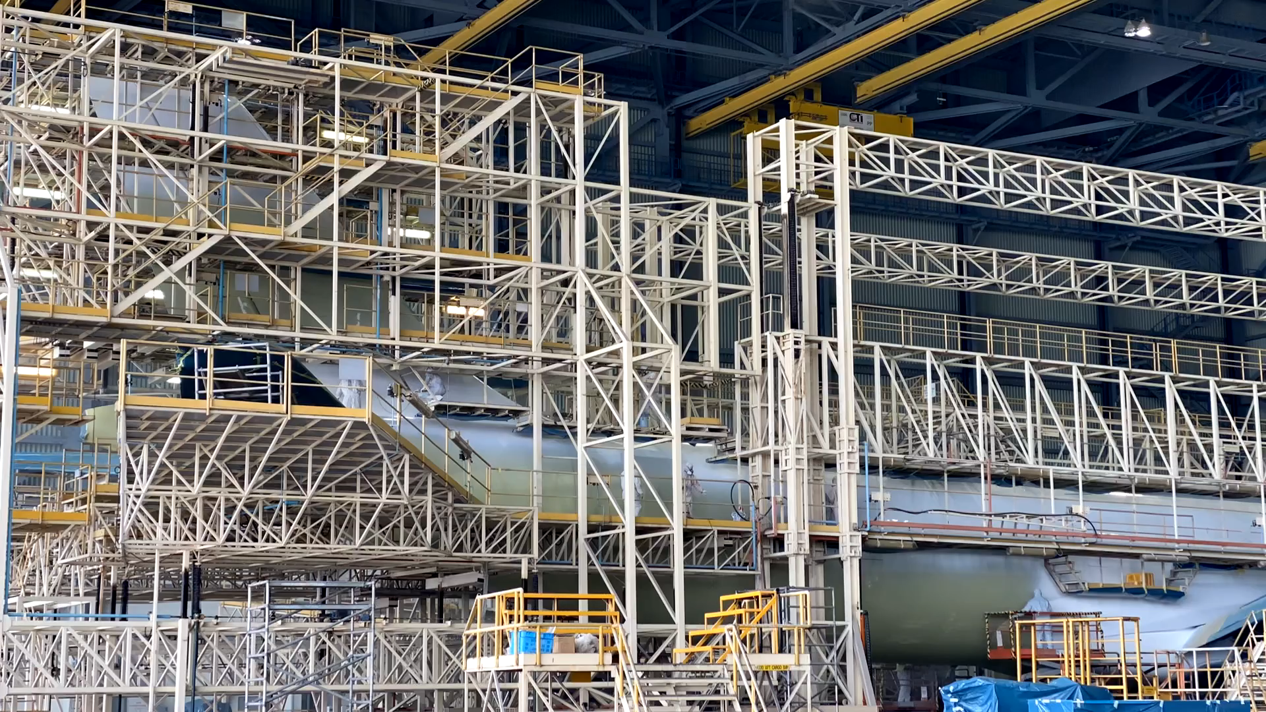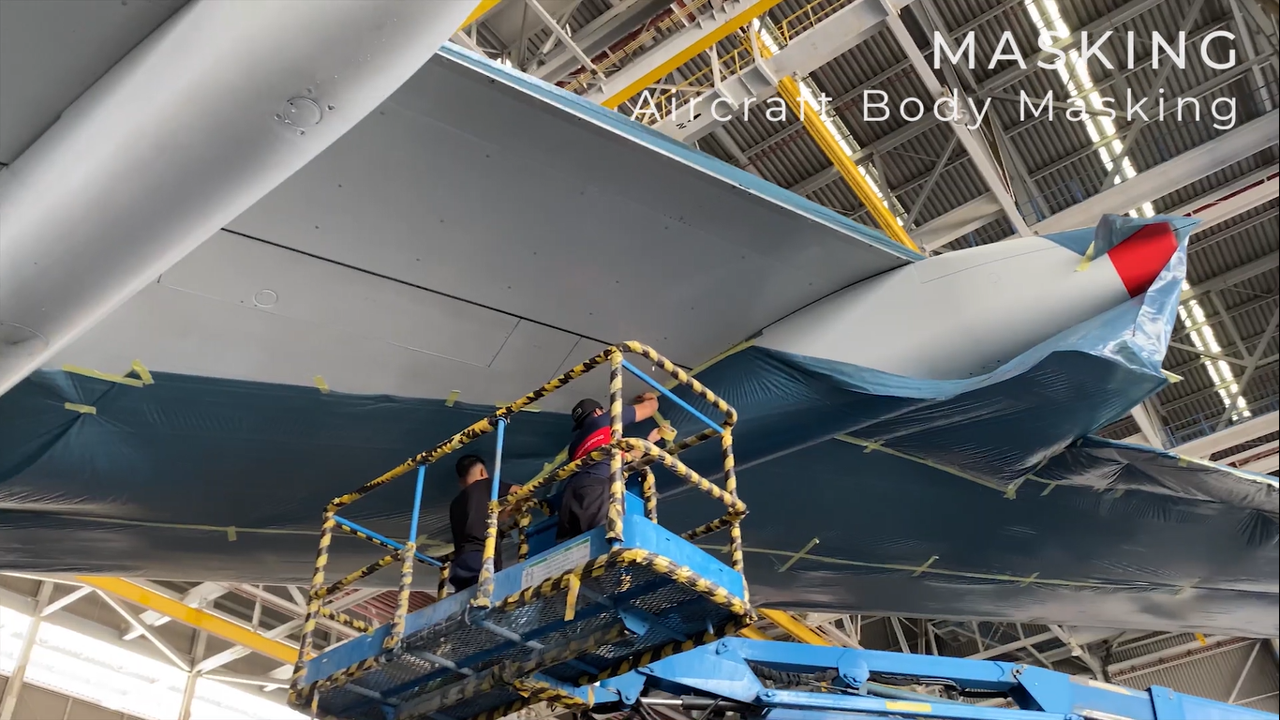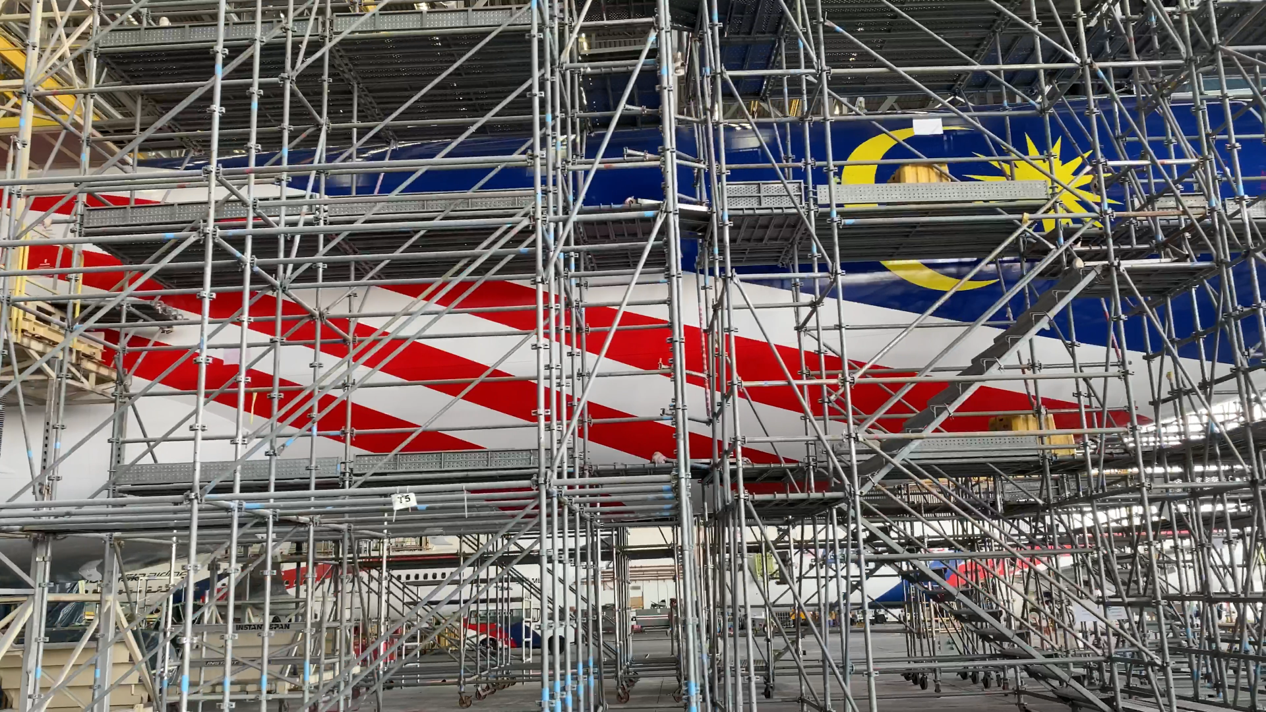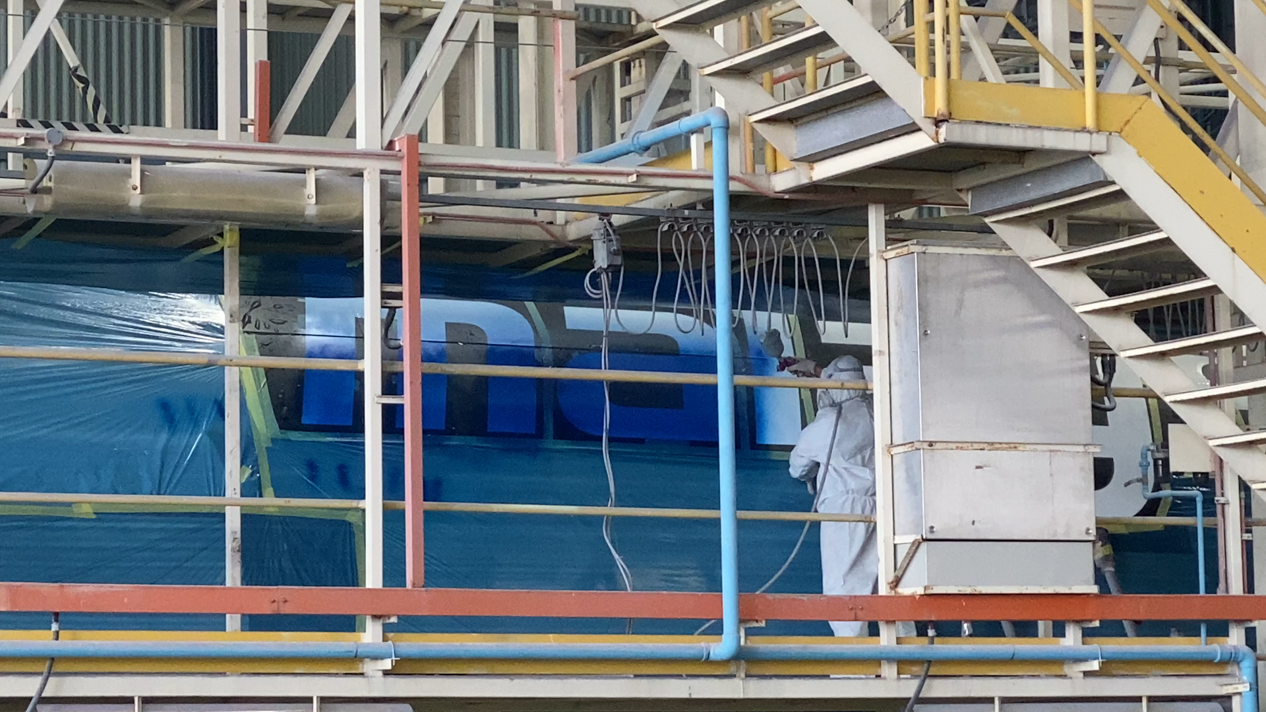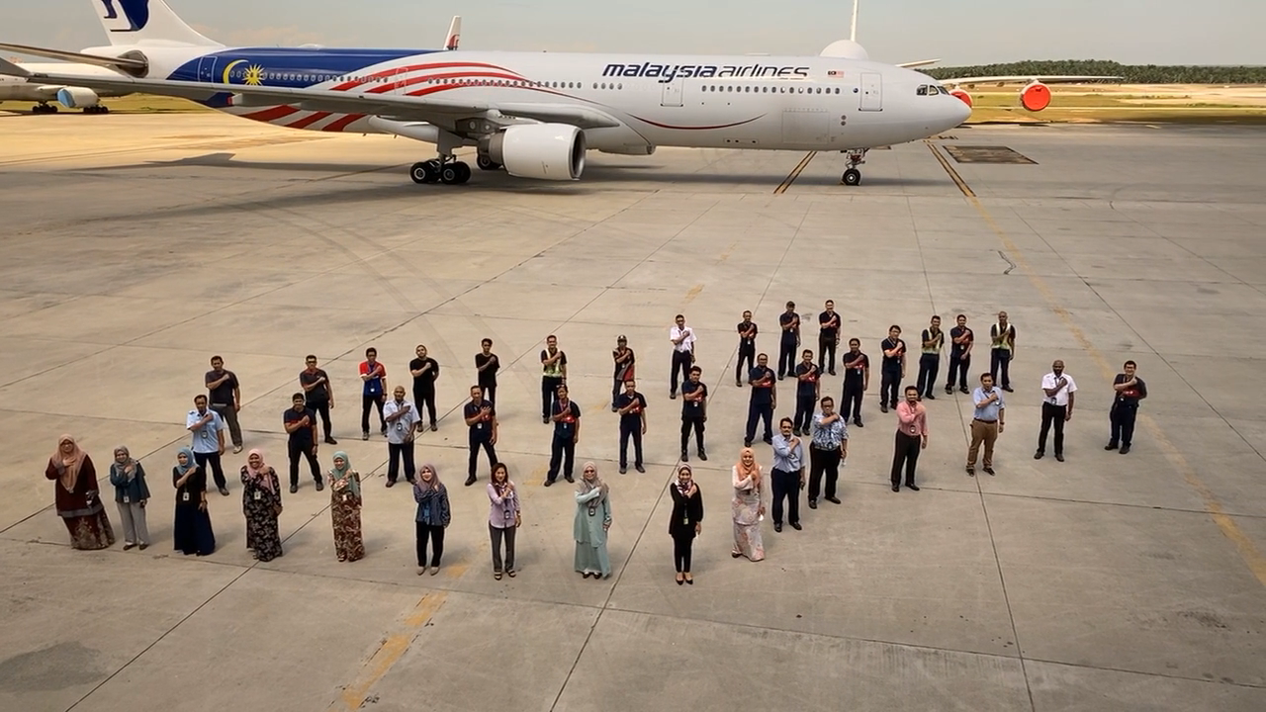5 Things You Need To Know About The Malaysia Flag Livery On Our National Airline
It takes 14 detailed steps and about 3,500 manhours just to paint the livery on a single aircraft!
Liveries have long been a creative way for airlines to express their uniqueness and brand identity
In case you don't know what a livery is, it's a special design and colour scheme used on the vehicles, aircraft, or products of a particular company.
Be it at home or abroad, one particular livery that stands out to many Malaysians is the one of the Jalur Gemilang, which can be seen proudly flying across our skies by national carrier Malaysia Airlines.
Here's a look at some of the never-before-seen tales behind the making of the Malaysian flag livery:
1. When global aviation was at a standstill during the pandemic, Malaysia Airlines seized the opportunity to accelerate their aircraft repainting activities
Remember when no one could travel anywhere due to prolonged movement restrictions during the height of the pandemic? During this time, Malaysia Airlines had to reduce their capacity by 96%, which resulted in more than 90% of their aircrafts being put on long-term parking.
Seeing this downtime as an opportunity, MAB Engineering embarked on a challenge to refine and ramp up their maintenance activities to ensure all aircrafts remained airworthy and in immaculate condition. As part of efforts to reduce costs while doing this, an initiative called the Brain Change saw internal resources being used to carry out repainting activities and cabin refurbishment.
Under the livery painting programme, the team embarked on a mission to transform all the remaining classic swoosh livery on their B737-800 and A330-300 aircrafts into the Malaysian flag livery.
Malaysia Airlines has since expanded its patriotic fleet, with 38 active aircrafts currently carrying the Malaysian flag livery. This includes ten A330-300 aircrafts, three A330-200s, three A350-900s and twenty-two B737-800s. Another 20 are expected to be painted with the Malaysian flag, making it the most carried livery within the Malaysia Airlines fleet, at 58 aircrafts out of a total of 76.
2. The process of painting liveries on aircrafts involves 14 steps
Just like painting your house walls or car, it's important to ensure the area is well prepped for the best paint outcome.
For aircraft livery painting, there are generally 14 steps, depending on the method used. This includes aircraft exterior washing, masking, rubdown or paint strip, cleaning, alodine, water break test, re-sealing, primer, basecoat application (white), basecoat application (colour), stencilling/decal, clearcoat, demask, and finally, aircraft exterior washing.
3. It takes approximately 3,500 manhours to complete painting the livery on just one A330-300 aircraft
Painting the Malaysian flag is defintely no easy task. Remember how we used to always mess up the star during Seni class? Imagine making a mistake when painting on a giant aircraft — ahhhh, so stress!
In an ode to the Jalur Gemilang, the livery consists of three red swooshes, the moon, and the 14-point star. On average, it can take up to 14-24 days to complete painting the livery on an A330-300. And that's with 18 painters working on it!
For the Boeing 737-800, approximately 1,800 manhours are required, within a span of 10 days.
4. The livery is painted using a new method that reduces the paint weight by 15% compared to conventional methods
The painting of the Malaysian flag livery uses the new base coat/clear coat (BCCC) paint system. This gives the aircraft that extra shine, higher colour retention, and an extended paint lifetime of eight years or more. It also requires less paint application compared to conventional painting methods.
5. Painting the Malaysian flag on Malaysia Airlines' aircrafts is an ode to the unwavering commitment of the airline's employees to deliver their best to the country and wider communities
Led by Malaysia Airlines' internal team and local talents, the entire painting process took place at the airline's maintenance, repair, and overhaul (MRO) facility located in Sepang.
The initiative provided an avenue to empower and encourage the engineering team to step out of their comfort zones and create new habits that can positively reflect on the culture change of the organisation. They were also able to collaborate effectively towards an end-product that they can continue to be proud of for years to come.
As a flag bearer, Malaysia Airlines has a big responsibility to play in displaying it with pride and creating positive impact not just for their passengers, but also to the wider communities they serve.
The livery is a reminder for them to continue delivering the best Malaysian Hospitality service they can, and to look beyond differences by celebrating our beautiful diversity as a united nation.
